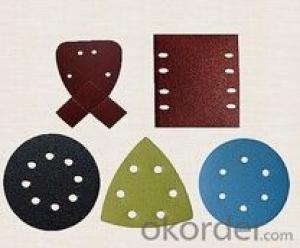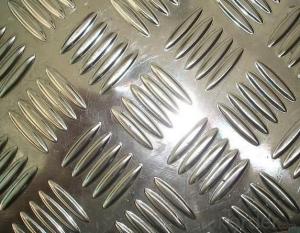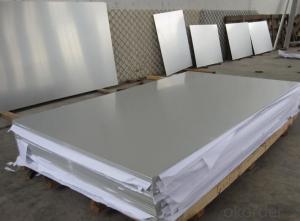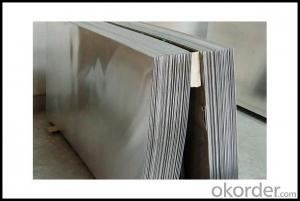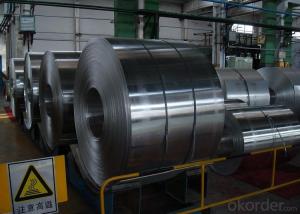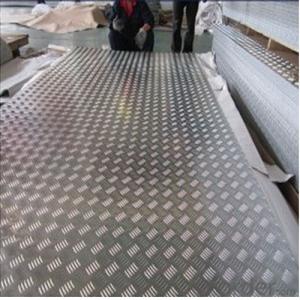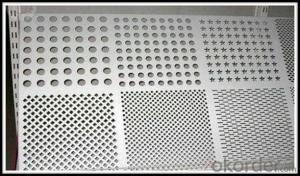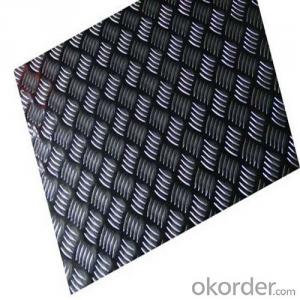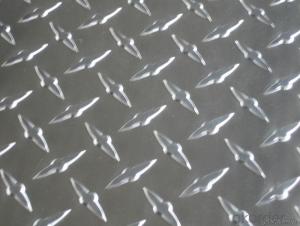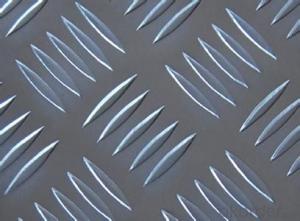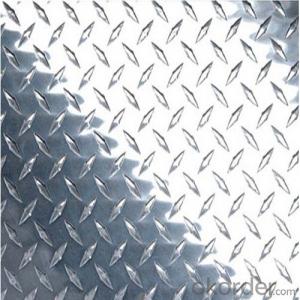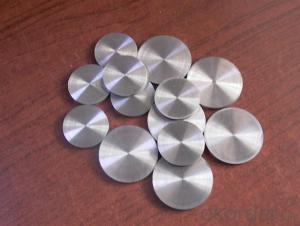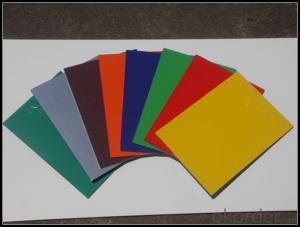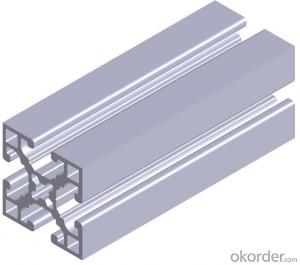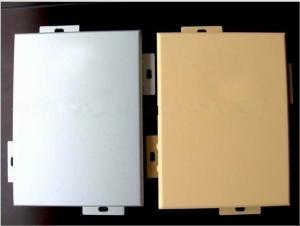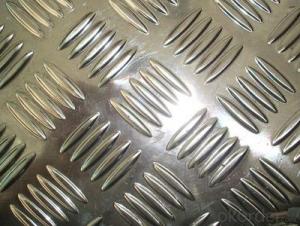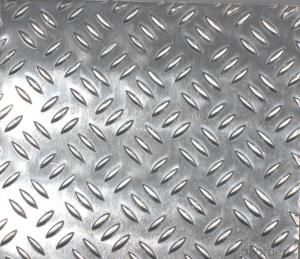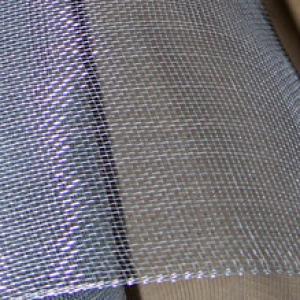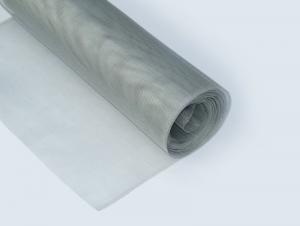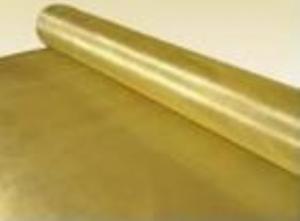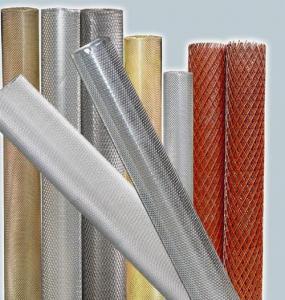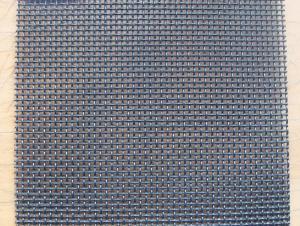Polishing Diamond Plate Aluminum
Polishing Diamond Plate Aluminum Related Searches
Polishing Aluminum Diamond Plate Aluminum Diamond Plate Polish Diamond Plate Aluminum Polish Polished Aluminum Diamond Plate Painting Aluminum Diamond Plate Polishing Aluminum Checker Plate Polishing Checker Plate Aluminum Welding Aluminum Diamond Plate Polished Aluminum Plate Aluminum Diamond Plate Trim Diamond Plate Aluminum Trim Anodized Aluminum Diamond Plate Diamond Plate Aluminum Sheeting Cosmetic Aluminum Diamond Plate Aluminum Diamond Plate Panels Buy Aluminum Diamond Plate Polish Aluminum Diamond Plate Brazing Aluminum Diamond Plate Bending Diamond Plate Aluminum Buffing Diamond Plate Aluminum Painting Aluminum Plate Polishing Aluminum Foil Diamond Checker Plate Aluminum Aluminum Black Diamond Plate White Aluminum Diamond Plate Black Diamond Plate Aluminum Aluminum Diamond Plate Cooler Bending Aluminum Diamond Plate Colored Aluminum Diamond Plate Aluminum Diamond Deck PlatePolishing Diamond Plate Aluminum Supplier & Manufacturer from China
Polishing Diamond Plate Aluminum is a type of aluminum material that has undergone a special polishing process to achieve a high-quality, diamond plate finish. This material is known for its durability, corrosion resistance, and aesthetic appeal, making it a popular choice for various applications.Polishing Diamond Plate Aluminum is widely used in a variety of industries and applications, including automotive, aerospace, construction, and interior design. Its unique texture and shine add a touch of sophistication and modernity to any project, while its strength and durability ensure long-lasting performance. Whether it's used for creating custom trims, decorative panels, or functional components, this product offers a versatile solution for those seeking a polished, eye-catching appearance.
As a leading wholesale supplier, Okorder.com offers a vast inventory of Polishing Diamond Plate Aluminum, catering to the needs of businesses and individuals alike. With competitive prices and a commitment to quality, Okorder.com ensures that customers can access this high-quality product at their convenience.
Hot Products



